by Kile Smith
Saints bless the world, even when the world doesn’t know it. Saints who write, though, let the world know it, and if we pay attention, their words can go all the way in, regardless of our tradition. St. John of the Cross, one of those blessings, created some of the deepest and finest mystical literature the world has ever known. “Deepest” speaks to the spiritual in his writing, and “finest,” to the literary, for St. John’s Dark Night of the Soul and The Spiritual Canticle are recognized as writings of the highest order.
His writing is clear, and it is sensual. He draws images and words directly from the biblical Song of Solomon (also called the Song of Songs). The bride and bridegroom, flowers, the stag on the hill, and foxes in the garden all populate and animate The Spiritual Canticle.
Although the words are clear, they are not always easily understood. The language of the Bible and the language of the troubadours may be foreign to some of us, and mystical meaning is, by its nature, often hidden. But anyone who has ever been in love will not miss the frustration or even anger here:
Alas! who can heal me?
Give yourself at once to me,
do not send me
any more messengers today
who cannot tell me what I want.
Or will not know the pull of this feeling:
The bride has entered
the sweet garden of her desire;
she rests in delight,
resting her neck
on the sweet arms of the Beloved.
St. John of the Cross uses experiences we know in this world to show us a world deeper still. It is a world we may have guessed at or may have even hoped for, but it is a world we do not yet know.
The challenge I felt in setting this text was the layer upon layer of meaning inhabiting each stanza, even surrounding every word. The way I dealt with it was to center in on, and to try to convey, one emotion.
Music cannot explicate text, after all. I love creating music for words, I always have, but music does not teach. What it does is open a window into the soul. I look into mine and attempt to create, in sound, what I feel. If I have done it well, someone else will feel it, too.
I cannot take full credit for the interesting combination of instruments in Canticle. Craig Hella Johnson is the music director of the Vocal Arts Ensemble in Cincinnati that commissioned this piece. Craig and I were discussing what the commission would be, and when he liked my idea of this text, we agreed it should be accompanied by something unusual. He mentioned a choral work he liked, Dominick Argento’s 25-minute Walden Pond, which uses three cellos and harp.
I fell for the cellos immediately, and wondered about making them a quartet. Canticle, though, needed enough variety in the sound to carry it for over an hour. We both wanted to avoid piano, if only to aid the otherworldliness of the text. Harp has a percussive quality in its plucked sound, but is still another string instrument. No, I should just go right to percussion, I thought. Marimba is lovely, but that would be a lot of dark wood sounding with the cellos. It should be something brighter, but not so bright as glockenspiel. It should have the flexibility of playing chords, and it should be able to carry over the choir and cellos.
Vibraphone quickly became the obvious choice. To that I added a bass drum, which I fell in love with when I wrote The Consolation of Apollo for choir, bass drum, and crotales. You may not have spent too much time thinking about it, but the bass drum is capable of a great range of personality. At a soft volume it carries very well. The only “special” technique I call for is crumpled paper to be placed on it at one point (the drum is mounted horizontally). The percussionist slaps the paper with one hand, making a nice “chiff” sound. This is in No. 10, “My Beloved Is the Mountains.”
Finally, the tambourine appears here and there throughout the work. I heard it right away, though, for the beginning “Where have you hidden yourself,” in which I imagined music of the 16th-century Spanish Renaissance and a troubadour playing guitar (provided by the cellos, pizzicato).
There are a few composerly techniques in Canticle, such as voices moving in opposite directions in “O crystal spring! If only on your mirrored surface…” and, in “The little white dove has returned to the ark with an olive branch,” a simple round that keeps mutating into something fairly elaborate. But mostly, Canticle is composed, as is all my music on texts, with text-painting. That is, I keep the words ever before me, and the feelings they enkindle. I write the music to that.
Anyone who follows the words, and who grows to love them as I have, will grow into the music. My hope is that the music and the words will go all the way in.

